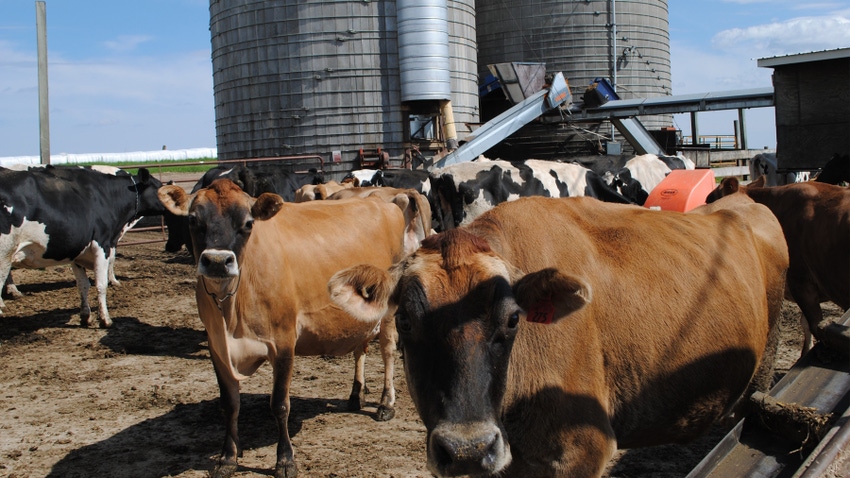February 2, 2024

by Ryan Sterry
Agriculture has entered a new era of technology and data management. This includes evolving technology for managing reproduction and genetics on the dairy farm. Many people in the dairy industry will remember the days before genomic data, activity monitors for estrus detection, sexed semen and Ovsynch for timed artificial insemination. What was once comparable to the science fiction of “Star Trek” is now a part of everyday management practices. Looking ahead, what new technology might be on the horizon for managing reproduction and genetics?
e-Synch
Similar to what could be compared to a progesterone-containing CIDR, the research team in Dr. Julio Giordano’s lab at Cornell University is developing an entirely new technology. Dairy science meets engineering in the development of e-Synch, an electronic intravaginal device for automated control of reproductive hormone delivery and sensors for monitoring the estrous cycle. This technology is still early in the development phase; however, proof-of-concept testing is showing promise.
Early achievements in e-Synch’s development include establishing electronic communications between the manager and the device while it’s placed inside the cow, as well as being able to release a reproductive hormone at the prescribed time and to elicit the desired response from GnRH and prostaglandin release. This is important because e-Synch does not administer an intramuscular injection; instead, released hormones are absorbed through the vaginal wall.
Additional testing is needed before a commercial application of e-Synch becomes a reality, such as the optimal formulation and dosing of hormones for absorption, and programming the device for multiple hormone applications.
Needle-free injection
Needle-free injection devices have been in use for decades in human medicine. In livestock production, NFID systems are most commonly used for swine. The relative inexpensiveness of disposable needles and syringes, and no required maintenance, have likely decreased interest in investing in NFID systems for dairies until now.
NFID systems do offer potential benefits that are worth a second look. No needle reduces the risk of disease transmission from animal to animal through reused needles, the risk of injection site lesions and the risk of accidental needle sticks for farmworkers. NFID systems are now on the market that offer options for being mounted in place or portable.
Research on NFID systems for vaccination of dairy cattle has found similar efficacy to intramuscular injections, with the upside of reduced dosages. This may open the door to similar applications of NFID technology for the administration of reproductive hormones.
Genetics of fertility, estrus expression
Research occurring at the University of Wisconsin-Madison in Francisco Peñagaricano’s lab is exploring the relationships between genetics and fertility. Recent findings suggest a potential interaction between a cow’s genetics and reproductive management — specifically, changes to a sire’s predicted transmitting ability (PTA) rankings when fertility data is based on timed AI records or heat detection records. Future genetic evaluations may be created to consider data from timed AI and heat detection as different traits.
Additional research into interactions between genetics and reproduction shows estrus expression traits are highly heritable. This early data shows estrus duration is around 8% to 10% heritable, and estrus strength is around 10% to 15% heritable. Estrus expression traits appear to be repeatable, therefore requiring a limited number of records per individual to generate sufficient data. Adoption of on-farm technology, such as activity and rumination monitoring systems, may make taking these measurements routinely a reality in the future. This means that through the adoption of technology, estrus duration and strength could become part of future genetic evaluations.
There is an underlying theme with many of the technologies under investigation. Applications that allow for handling cows less and less-intrusive administration of animal health products provide greater opportunities to “let cows be cows.” Fewer interactions that interfere with a cow’s eating, resting and social time may provide long-term benefits to production and welfare.
Sterry is the University of Wisconsin Extension agriculture agent in St. Croix County.
You May Also Like




